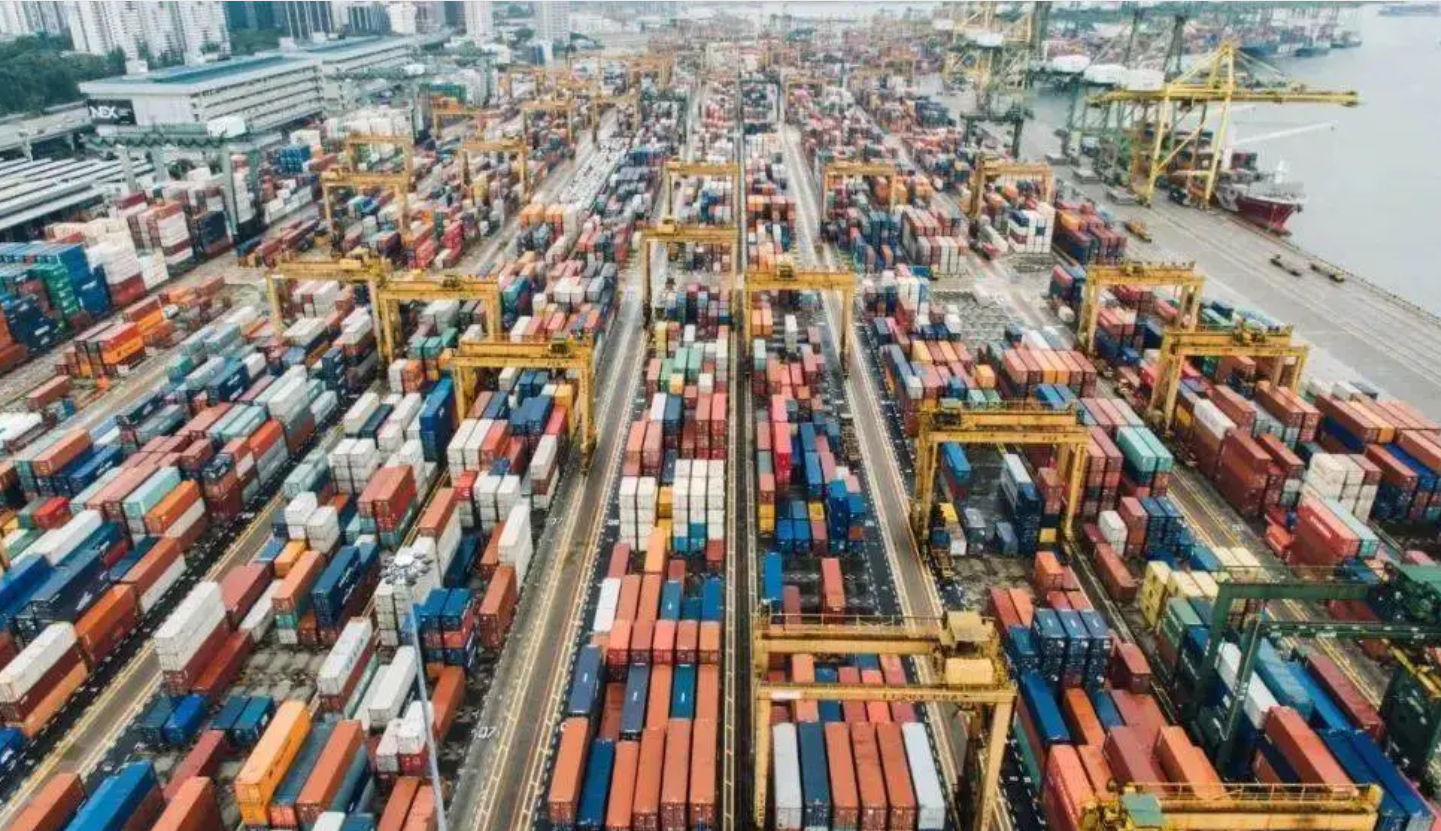? (+86)-0755-89205789 Ø ? sales@stusupplychain.com NVOCC:MOC-NV09192 | FMC:030310
- Article title
- Article summary
- Article content
- Multi Field Search
NEWS & BLOG
Views: 0 Author: Site Editor Publish Time: 2025-09-03 Origin: Site
Telex Release is a method of releasing cargo in international maritime transport. It refers to the transmission of bill of lading (B/L) information via telecommunication methods (such as telegram, telex, fax, or email) to facilitate the release of goods. Compared to the traditional original bill of lading release method, Telex Release simplifies the cargo pickup process and accelerates the flow of goods.
In traditional ocean bill of lading operations, the carrier or its agent issues an original bill of lading as proof of ownership of the goods. The consignee must present the original bill of lading to take delivery of the cargo. However, with the rapid development of global trade and the rise of e-commerce, traditional bill of lading processing has become increasingly cumbersome and time-consuming.
The emergence of Telex Release allows the carrier to send bill of lading information electronically to the agent at the destination port. Upon confirming the information, the agent can release the cargo to the consignee without waiting for the physical delivery of the original bill of lading. This significantly shortens the cargo release time and improves logistics efficiency.
Apply for Telex Release: The shipper submits a Telex Release application to the carrier before loading and provides detailed information about the consignee.
Confirm Information: The carrier or its agent confirms the shipper¡¯s application and notifies the destination port agent.
Send Telex Release Instructions: The carrier sends cargo release instructions to the destination port agent via telecommunication methods (e.g., telegram, fax, email).
Release Cargo: The destination port agent releases the cargo to the consignee after receiving and verifying the Telex Release instructions.
Record and Confirm: All communications and cargo release records during the Telex Release process are documented in detail for future reference and confirmation.
Fast Cargo Release: Telex Release significantly shortens the cargo release time, accelerating the flow of goods.
Cost Reduction: Eliminates courier costs and time delays associated with physical original bills of lading.
Risk Mitigation: Reduces the risk of loss or theft of the original bill of lading during transit.
Improved Efficiency: Simplifies the cargo pickup process and enhances overall logistics efficiency.
Security Concerns: Since it no longer relies on the original bill of lading, rectifying errors or fraud becomes more challenging.
Legal Risks: In some countries or regions, Telex Release may not be fully recognized by local laws, posing certain legal risks.
Dependence on Communication: Telex Release entirely depends on the reliability of communication systems. Any communication failure may affect cargo release.
Credit Risk: Telex Release requires a high level of trust between buyers and sellers; otherwise, there is a risk of cargo being released incorrectly.

As a modern method of releasing cargo in maritime transport, Telex Release offers convenience and efficiency that often surpass traditional bill of lading methods. However, it also introduces new risks and challenges, requiring collaboration among buyers, sellers, carriers, and relevant institutions to ensure transaction security and compliance. In practice, the decision to use Telex Release should be based on specific circumstances and mutual agreement among all parties involved.